#iris reticulata
Explore tagged Tumblr posts
Text
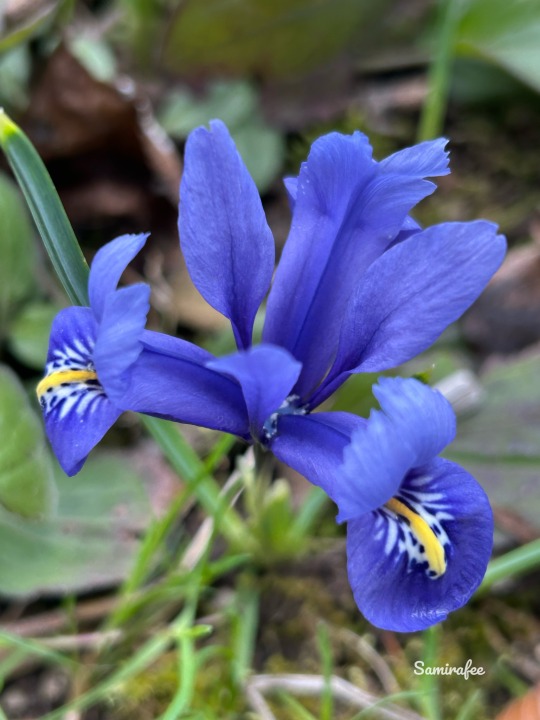
#IRIS RETICULATA - DWARF IRIS - ZWERGIRIS
@samirafee
#source: samirafee#own picture#photographers on tumblr#nature#plants#my garden#iris reticulata#dwarf iris#zwergiris#spring flowers#spring#blue#march 2025
50 notes
·
View notes
Text
I think people can tell that Iris reticulata are my favourite spring flowers. 😅
I'd plant them everywhere if i had the money for it.


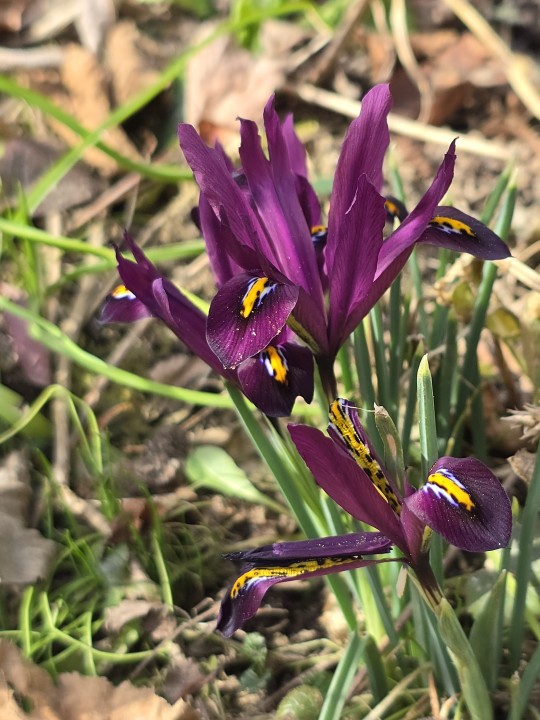
Bonus pic: Krokus
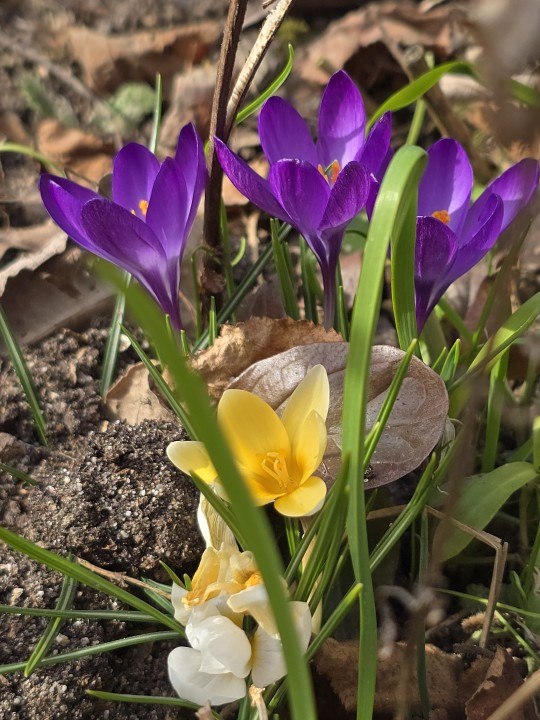
#spring flowers#spring#another walk through the garden#everything is starting to grow#flowers#iris#iris reticulata
13 notes
·
View notes
Text

Iris reticulata 'Alida' / 'Alida' Dwarf Iris
#Iris reticulata 'Alida'#Iris reticulata#Iris#Iridaceae#Alida Dwarf Iris#Dwarf Iris#Netted iris#Species iris#Plants#Flowers#Nature photography#photography#photographers on tumblr#Durham#Durham NC#North Carolina#Home#🌺🌻
7 notes
·
View notes
Text
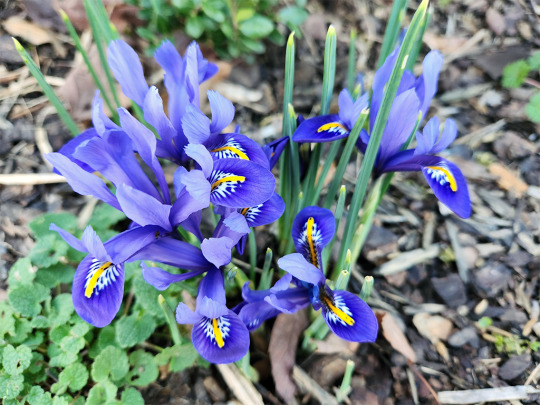
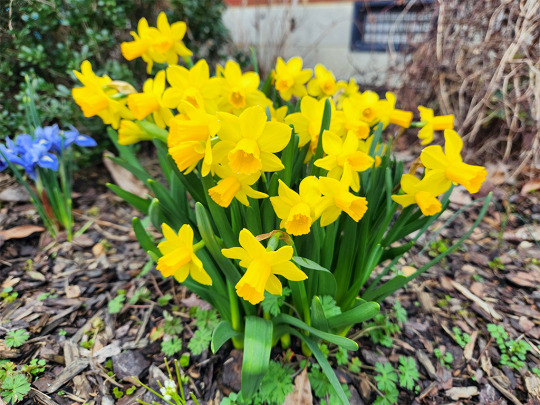
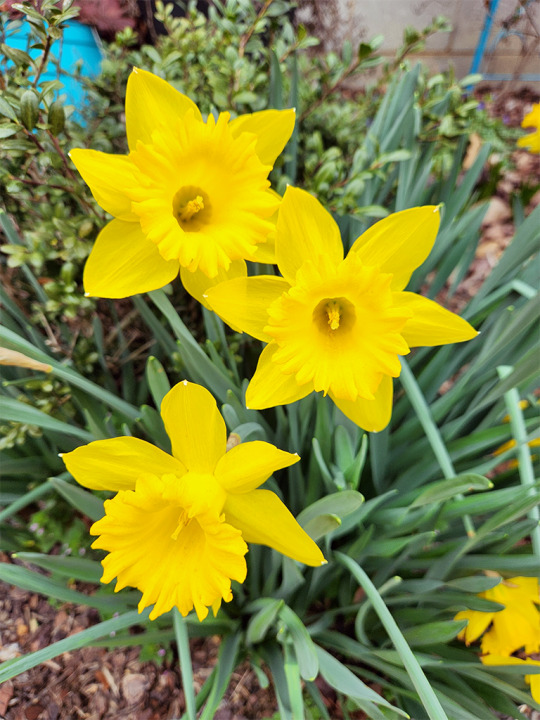
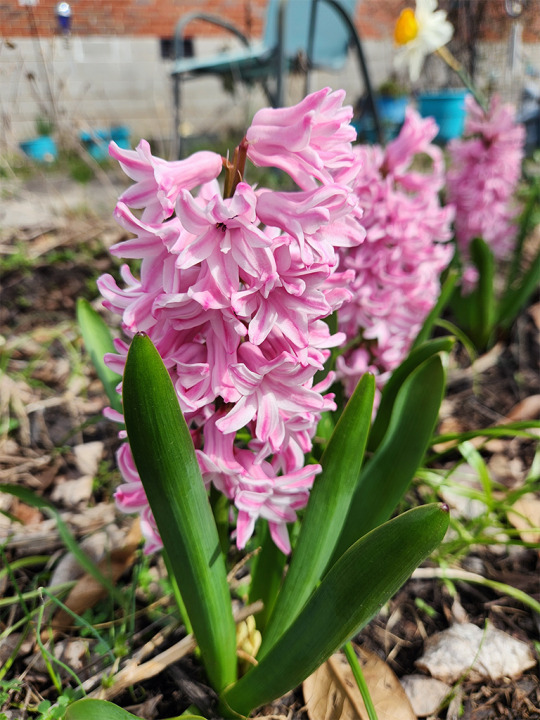
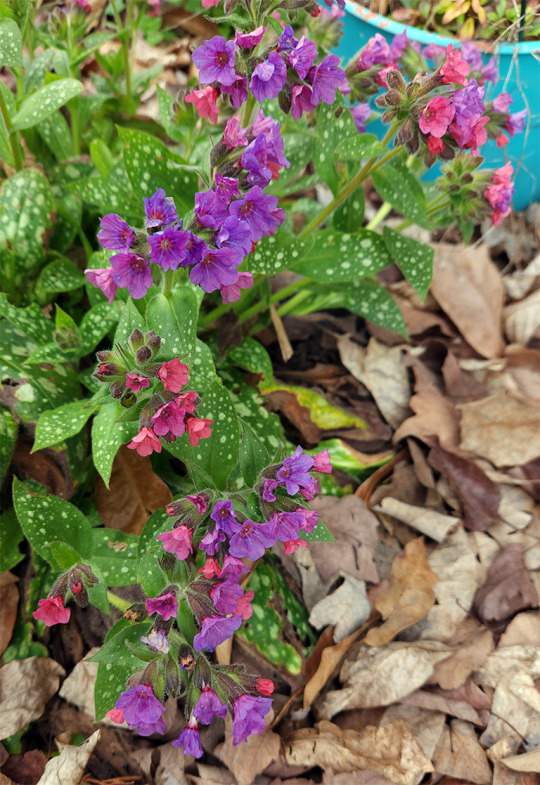
Some garden photos from February/early March.
4 notes
·
View notes
Text


Character and commission belongs to verminfuneral!
830 notes
·
View notes
Text
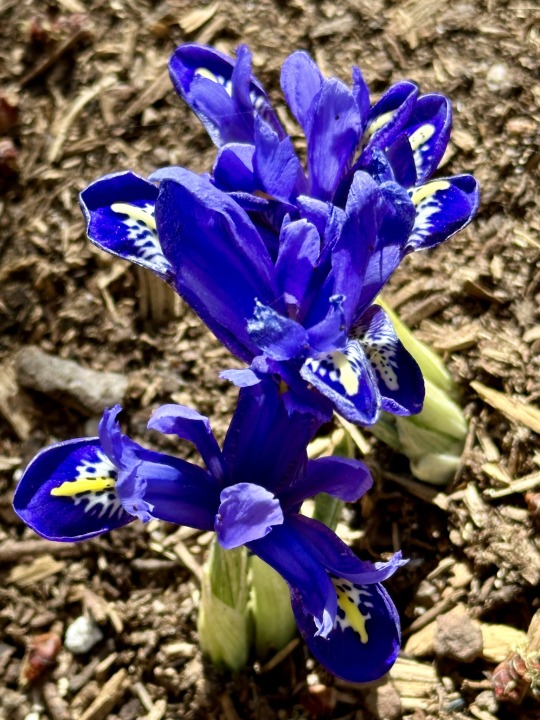
iris blooms
0 notes
Text

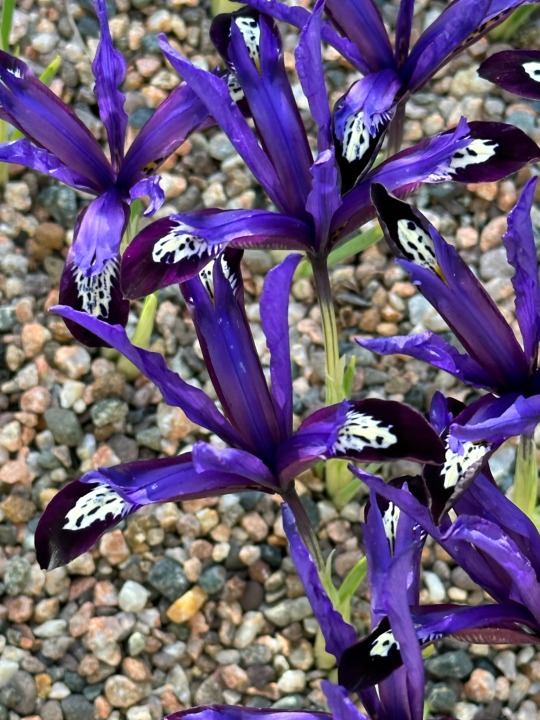
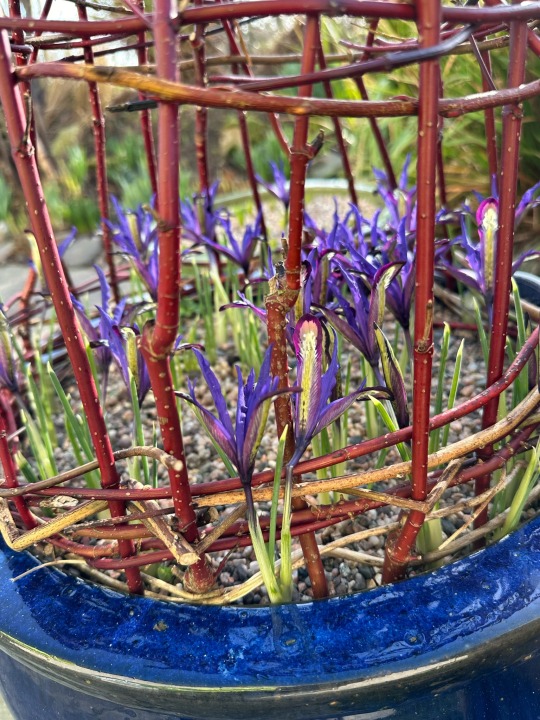
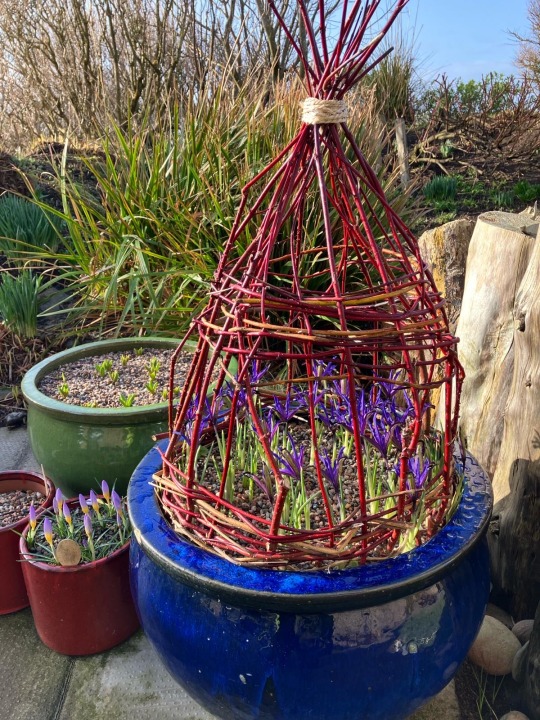
Plant of the Day
Friday 1 March 2024
It was only a few days ago I wrote about Iris 'Blue Note' (Reticulata) but my friend had such a lovely display of this small, early bulb, protected by a frame of Cornus alba (dogwood) stems, that here it is again!
Jill Raggett
#Iris#irises#cornus#dogwood#purple flowers#red stems#plants#horticulture#gardens#garden#containers#bulbs#bulbous perennial#orkney
226 notes
·
View notes
Text
Fish of the Day
Today's fish of the day is the guppy, by special request of @guppiesareamazing !

The guppy, also known as millions in some English dialects, and scientific name Poecilia reticulata, is a well known freshwater fish. Common across every continent but Antartica, the natural range of the guppy stretches across the warm and tropical waters of South America and the Caribbean, from as far North as Venezuela, far South as Bolivia, and stretching Pacific to Atlantic oceans. Living in smaller streams or ponds due to poor swimming skills in faster waters, these fish are known for their ability to withstand brackish and slightly salty freshwaters, with an ability to be acclimated to saltwater (similar to their close relatives, mollies). Although, saltwater guppies have far fewer offspring. These fish are benthic, living on the river bed, but require water temperatures around 23-24 °C to survive. They can live in any elevation, with some restriction on increased pressure, and due to their highly adaptable way, are incredibly common in the aquarium trade!

The reason for the widespread populations across the globe is due to their habit of eating mosquito larvae, meaning they were often intentionally imported in an effort to control malaria. Although current studies show this was ineffective at best as a control method. However, these populations have caused issues worldwide. Since they are highly adaptable, guppies tend to kill out local species, bringing both competition for food, and disease. In particular, guppies are known for carrying: a parasitic flatworm species known as Gyrodactylus turnbulli which causes the host to swim erratically before dying, waiting for other fish to feed on the corpse so it can infect another host. Along with fin rot, ich, swim bladder disease, and columnaris bacteria, all of which is infectious to other fishes. In the United States, guppies are known particularly for being a problem along the Southwest, and Southeast, driving out cyprinids and killifishes, and damaging damselfly populations.

As discussed earlier, the diet of the guppy is made up of algae, zooplankton, insects/larvae, and surrounding detritus. Foraging for sustenance is common, and they travel in shaling groups as large as 30 individuals. These foraging groups help keep the fish calm, and spending less energy on anti predatory behaviours, leading to guppies that are less aggressive and less competitive, the same reason they need to be kept with multiple of their species in hobby tanks and captivity. In both wild and captivity, this fish is often predated on, especially considering they only grow to an adult size of 4-7cm in length.

However, guppies have several tactics for avoiding predation. Considering the bright colors of male guppies, the schools help populations of guppies under high predations, as sholes band together to make antipredator decisions. In these groups, some guppies act as inspectors, approaching predators to assess the danger, and are thought to report back to the larger group, although research is still being conducted. Other tactics, such as the ability to darken the iris of the eyes from silver to black, draws predator attention toward the head of the animal, giving the fish an easier time pivoting out of the way of a strike than if the predator aims for the center of mass. All these abilities to avoid predators only aid the guppies ability to adapt to new areas, making them such an issue as an invasive species.
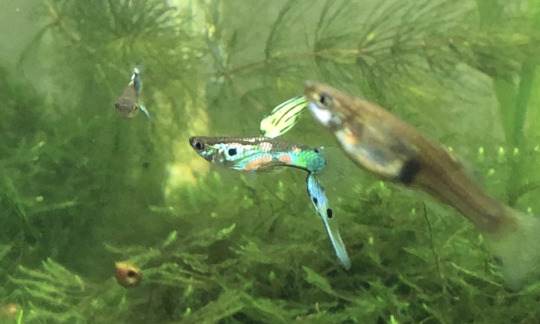
The lifecycle of the guppy is like that of many other small fish. There are two generations per year, as male fish mature at the ripe age of 2 months and females mature at 3 months, with maturity causing males to exhibit sexul dimorphism dependent on the amount of a certain thyroid hormone that influences color patterns, as female guppies are attracted to brighter colors. Many of these bright colored males are bred specifically for different bright and flashy colors in the freshwater trade, leading to the many different variants of them in the hobby aquarium market. Their total lifespan is only around 2 years, and most fish will survive to see 3 breeding seasons total throughout their lifespan.

Female guppies give birth to live young, who can swim immediately and are often eaten by the parents soon after birth. In mating itself, females will take on multiple male mates a season, despite being incredibly picky about which they choose. This is thought to be in an effort to avoid inbreeding. Most of the choices that female fish make are based on the number and prevalence of orange spots on the flank and caudal tail of the fish. The orange spots are made up of a pigment that the guppies can not synthesize, and must be obtained in the diet. These spots show how healthy the male is, and is a good show for the presence of parasites. After a show of courtship behaviour and an acceptance, the female fish will gestate for 21-30 days, before giving birth to anywhere from 30-200 fry over the course of several hours. Although common, female guppies do not always eat their fry, and this can be prevented entirely by keeping the adult guppies happy and full of live prey, such as brine shrimp, well raising fry.
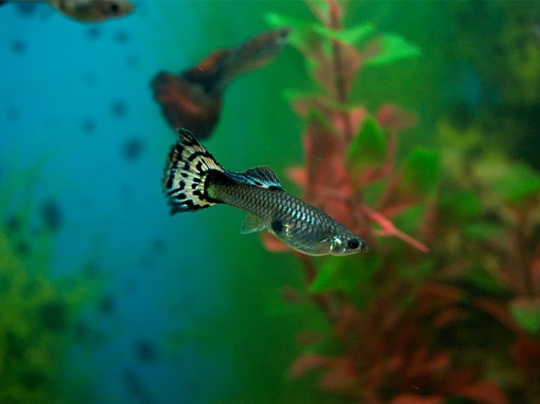
That's the guppy, everybody! Hope everyone has a wonderful day!

#guppy#guppies#Poecilia reticulata#fish#fish of the day#fishblr#fishposting#aquatic biology#marine biology#freshwater#freshwater fish#animal facts#animal#animals#fishes#informative#education#aquatic#aquatic life#nature#river#ocean#hobby tank#freshwater tank
39 notes
·
View notes
Text
Here’s the complete section of Leonard Woolf’s Downhill All The Way: An Autobiography of the Years 1919-1939: I will end… with a little scene that took place in the last months of peace. They were the most terrible months of my life, for, helplessly and hopelessly, one watched the inevitable approach of war. One of the most horrible things at that time was to listen on the wireless to the speeches of Hitler—the savage and insane ravings of a vindictive underdog who suddenly saw himself to be all-powerful. We were in Rodmell during the late summer of 1939, and I used to listen to those ranting, raving speeches. One afternoon I was planting in the orchard under an apple-tree iris reticulata, those lovely violet flowers… Suddenly I heard Virginia’s voice calling to me from the sitting room window: “Hitler is making a speech.” I shouted back, “I shan’t come. I’m planting iris and they will be flowering long after he is dead.” Last March, twenty-one years after Hitler committed suicide in the bunker, a few of those violet flowers still flowered under the apple-tree in the orchard.
https://austinkleon.com/2017/03/23/planting-iris/
16 notes
·
View notes
Text

Iris reticulata 'Alida'
#horticulture#plantblr#nature#plant identification#plant names#iris#blue#pennsylvania#spring#spring bulbs#bulbs
8 notes
·
View notes
Text
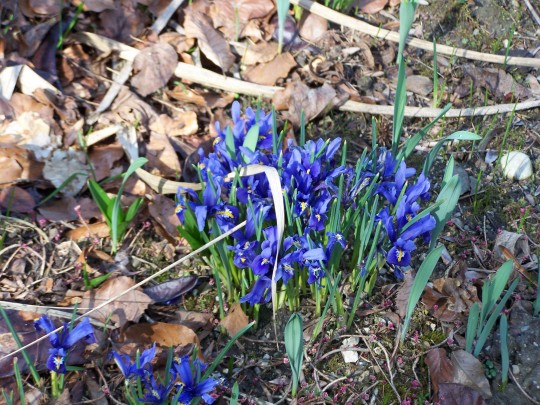
11 notes
·
View notes
Text
Another walk through the garden to look for new flowers: Narcissus Tête à Tête and Scillia have started to bloom! The Tête à Tête are probably the smallest and earliest Narcissus that bloom in my garden. They are tiny!


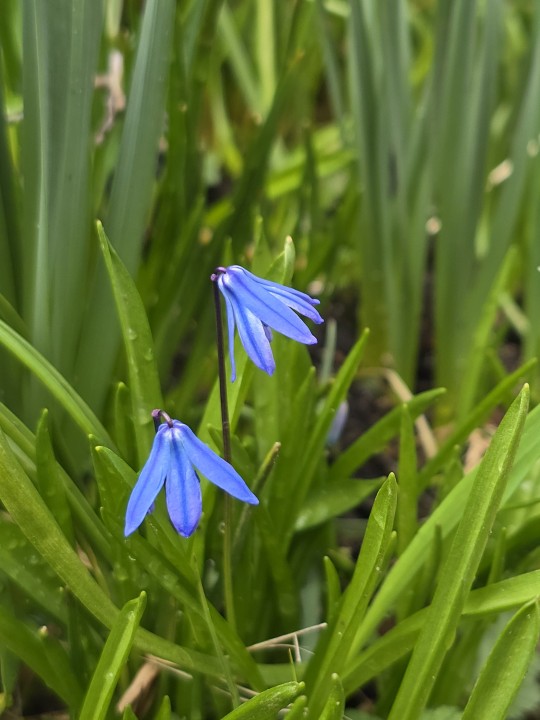
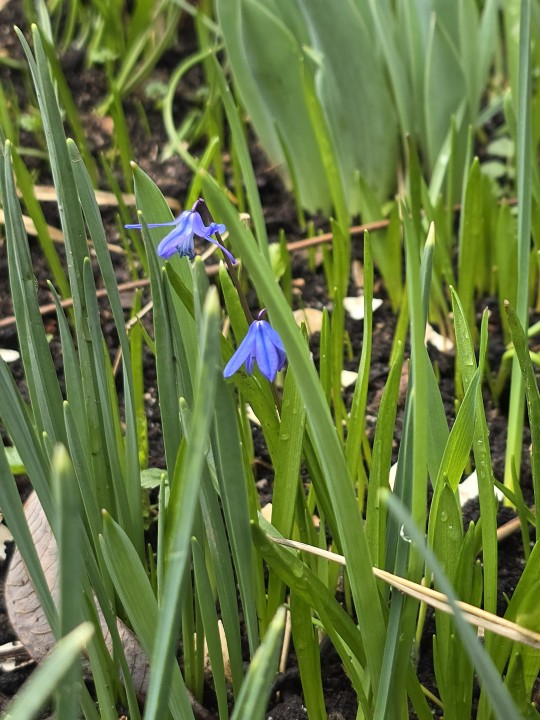
Also went spring shopping! Some more Iris reticulata, including a color variant I didnt have yet!

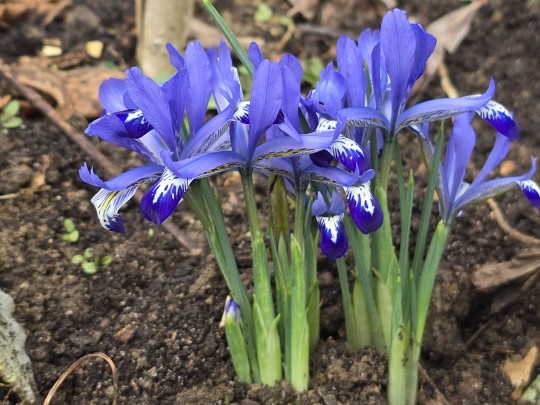
And some primula, like every year. I'm still trying to replicate what happened in my grandmas garden: they made seeds and spread through her entire garden. Colorful primula everywhere!
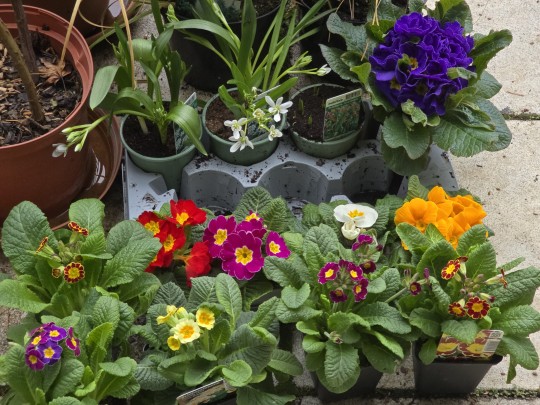
Normally it looks like this:

But sometimes there are colorful ones like this:
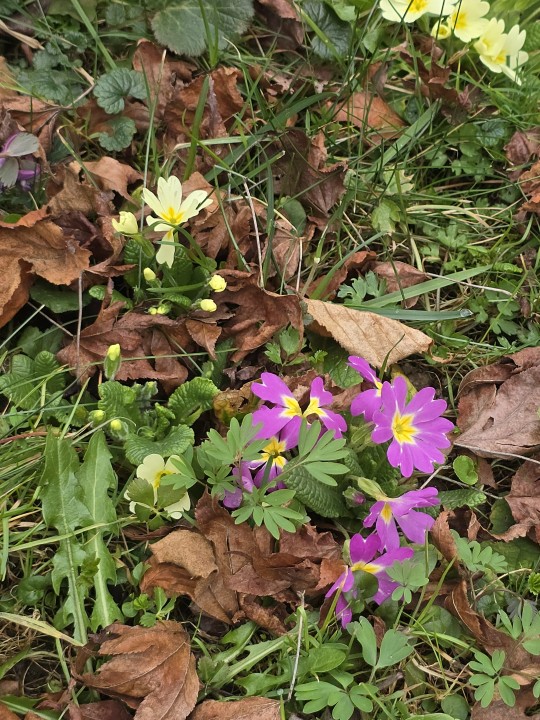
And my gradmas "lawn" was full of yellow, white and all shades of pink, purple and red.
And lastly the first Corydalis started to bloom as well! The garden will be full of them soon, hehe.
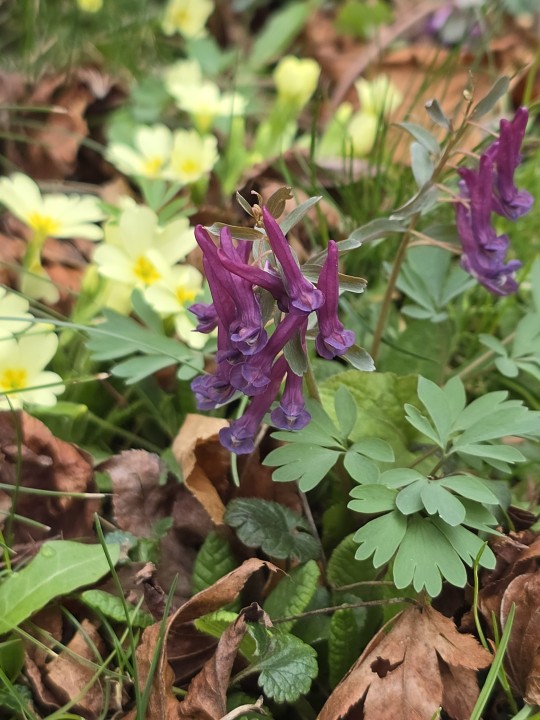
15 notes
·
View notes
Text

Iris reticulata 'Pauline' / 'Pauline' Dwarf Iris
#Iris reticulata 'Pauline'#Iris reticulata#Iris#Iridaceae#Pauline Dwarf Iris#Dwarf Iris#Netted iris#Species iris#Plants#Flowers#Nature photography#photography#photographers on tumblr#Durham#Durham NC#north carolina#🌺🌻#Home
6 notes
·
View notes
Text
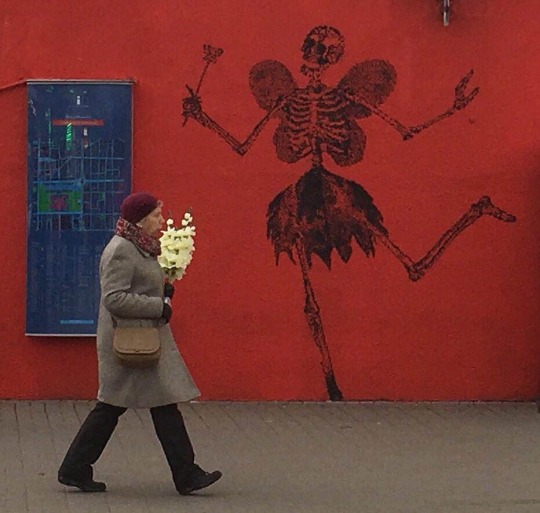
Taken in Warsaw (Michael Courtney) (Thanks Rosalba Courtney)
* * *
I will end… with a little scene that took place in the last months of peace. They were the most terrible months of my life, for, helplessly and hopelessly, one watched the inevitable approach of war. One of the most horrible things at that time was to listen on the wireless to the speeches of Hitler—the savage and insane ravings of a vindictive underdog who suddenly saw himself to be all-powerful. We were in Rodmell during the late summer of 1939, and I used to listen to those ranting, raving speeches. One afternoon I was planting in the orchard under an apple-tree iris reticulata, those lovely violet flowers… Suddenly I heard Virginia’s voice calling to me from the sitting room window: “Hitler is making a speech.” I shouted back, “I shan’t come. I’m planting iris and they will be flowering long after he is dead.” Last March, twenty-one years after Hitler committed suicide in the bunker, a few of those violet flowers still flowered under the apple-tree in the orchard.
Leonard Woolf, Downhill All The Way: An Autobiography of the Years 1919-1939
12 notes
·
View notes
Text
“I will end… with a little scene that took place in the last months of peace. They were the most terrible months of my life, for, helplessly and hopelessly, one watched the inevitable approach of war. One of the most horrible things at that time was to listen on the wireless to the speeches of Hitler—the savage and insane ravings of a vindictive underdog who suddenly saw himself to be all-powerful.
We were in Rodmell during the late summer of 1939, and I used to listen to those ranting, raving speeches. One afternoon I was planting in the orchard under an apple-tree iris reticulata, those lovely violet flowers… Suddenly I heard Virginia’s voice calling to me from the sitting room window: “Hitler is making a speech.” I shouted back, “I shan’t come. I’m planting iris and they will be flowering long after he is dead.”
Last March, twenty-one years after Hitler committed suicide in the bunker, a few of those violet flowers still flowered under the apple-tree in the orchard.”
Leonard Woolf, Downhill All The Way: An Autobiography of the Years 1919-1939
6 notes
·
View notes


